The best Windows keyboard shortcuts save time because they let you avoid having to reach for your mouse or look through a menu just to accomplish something basic.
Below is a cheat sheet for all the essential Windows keyboard shortcuts you should be using, plus others that are useful for some specific situations.
Best Windows Shortcuts on Your Keyboard
This first set is the best keyboard shortcuts you'll likely use most frequently.
These could be the more universal shortcuts because they work not only within the Windows operating system but also in most software programs.
- Ctrl+C: Copy selected content. (Ctrl+C can also abort commands)
- Ctrl+V: Paste copied content.
- Ctrl+Shift+V: Paste unformatted content.
- Ctrl+X: Delete and copy selected content. (Good for moving text, files, etc.)
- Ctrl+A: Select all available content in focus.
- Ctrl+Z: Undo the previous action.
- Ctrl+Y: Redo the previous action.
- Ctrl+S: Save what you're working on.
- Ctrl+O: Open a new file.
- Ctrl+P: Open the print dialog box.
- Ctrl+F: Open the search tool to find something on the page.
- Ctrl+R: Refresh the contents on the screen. (OnlyF5works in some cases.)
- Alt+F4: Close the active program.
- F11: Enter full-screen mode.
- Esc: Stop or close a prompt or process.
Keyboard Shortcuts for Screenshots
You can use the print screen (PrtScn) button to take a full screenshot of everything on your screen(s) or use these keyboard shortcuts for more control.
- Alt+PrtScn: Screenshot just the active window.
- Win+PrtScn: Auto-save full-screen screenshot to Pictures > Screenshots.
- Win+Shift+S: Choose a part of the screen to make a screenshot.
4 Ways to Take Screenshots in Windows 11 :max_bytes(150000):strip_icc()/windows-11-screenshot-tool-ae6aa5cdf6f74fa39cb6c9a489dc9f01.png) Taking a screenshot of the Command Prompt.
Taking a screenshot of the Command Prompt. Keyboard Shortcuts for Special Characters
Some symbols aren't on the keyboard but are instead activated only through a special tool or keyboard combination. This is the case for many alt codes that work in Windows.
- Alt+0169: Type?, the copyright symbol.
- Alt+168: Type ?, an inverted question mark.
- Alt+0176: Type



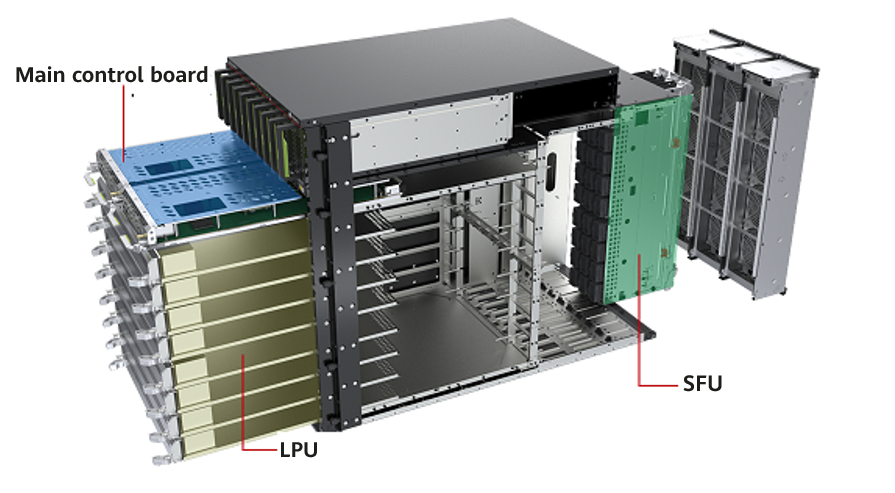

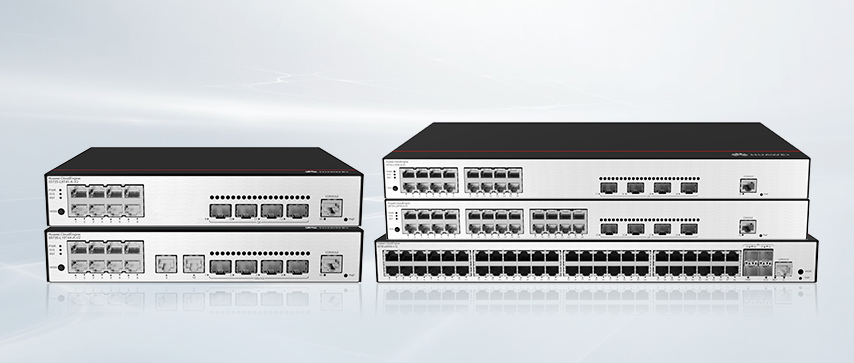
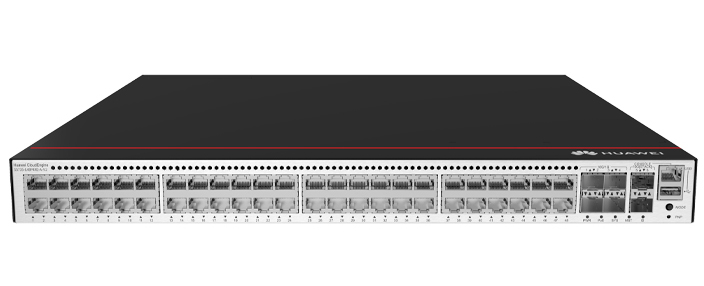
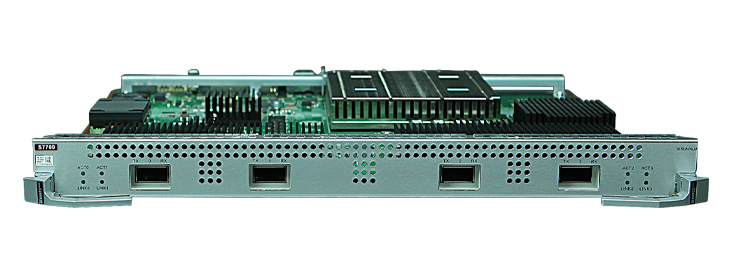

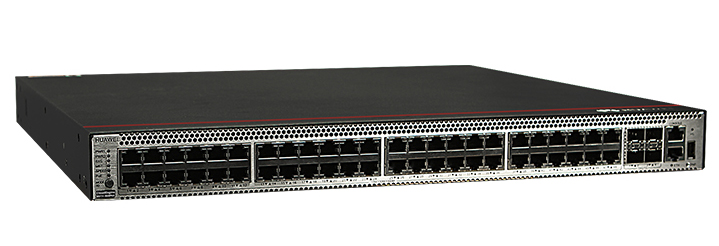
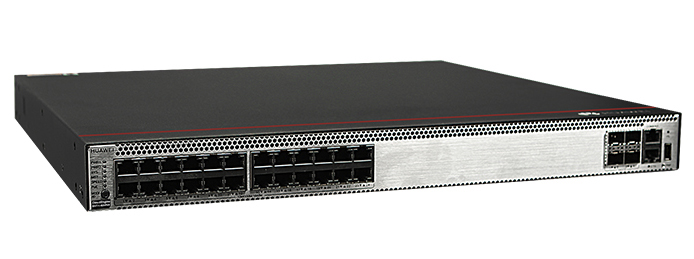
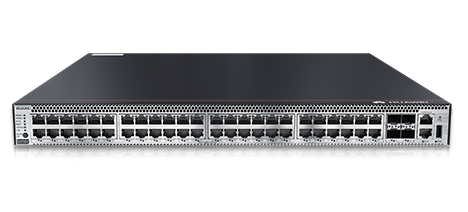
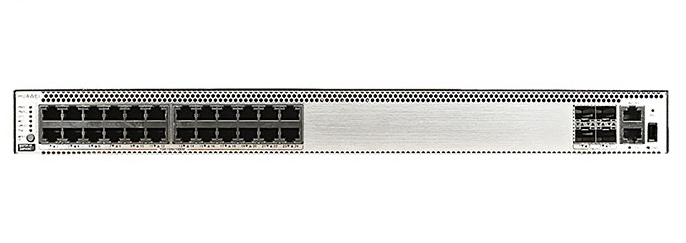
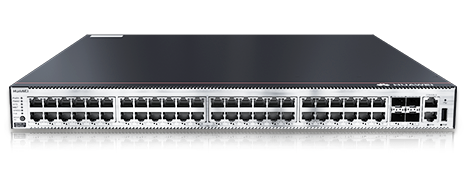
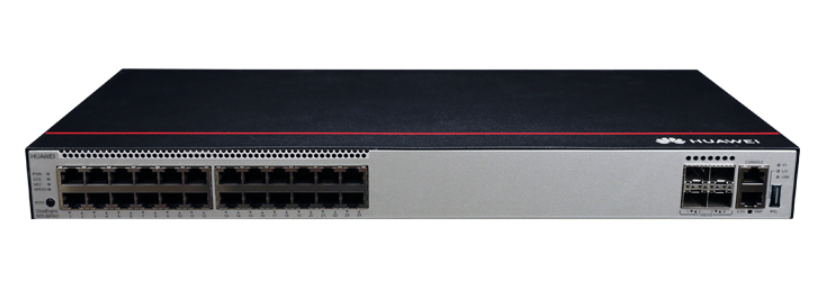
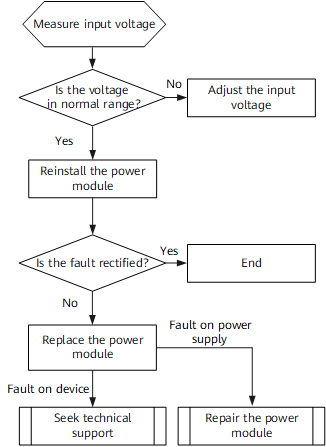

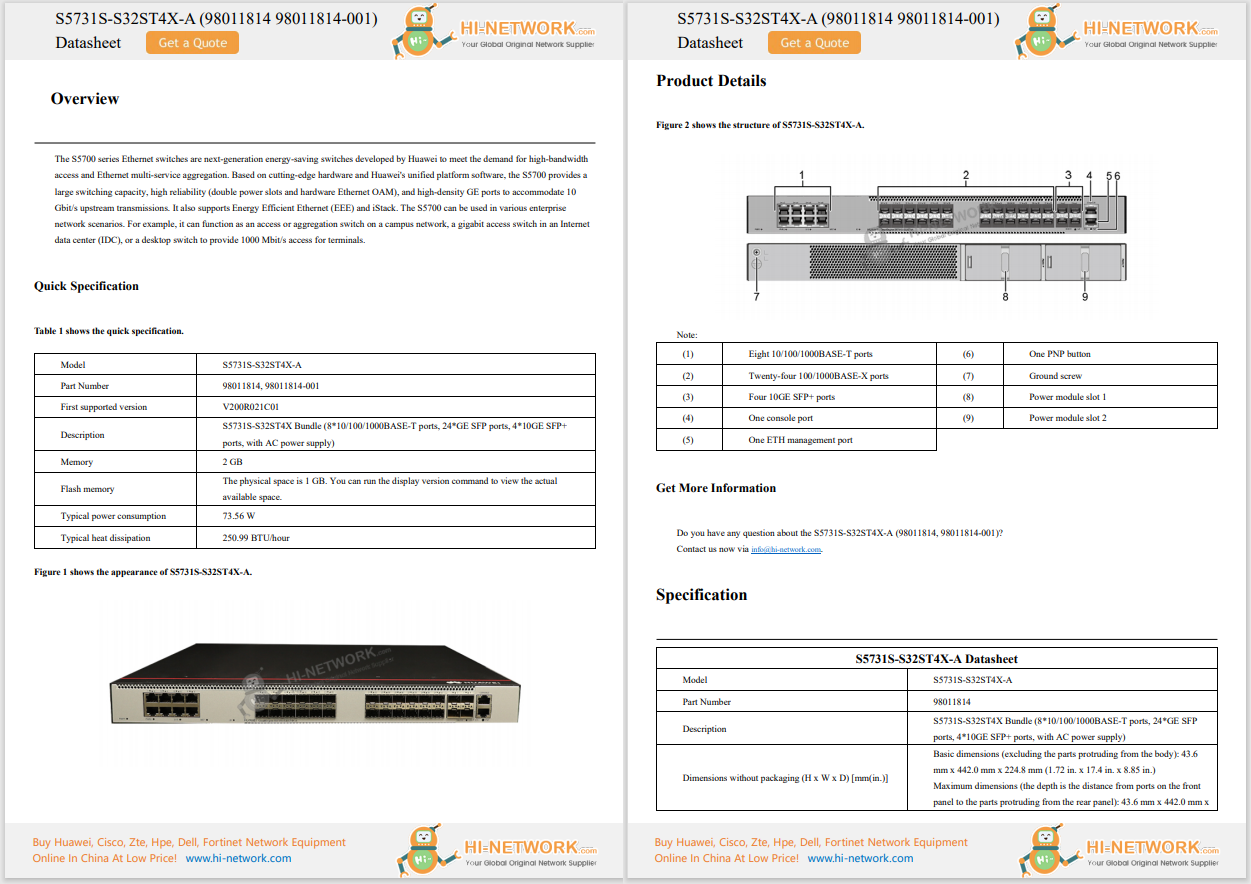
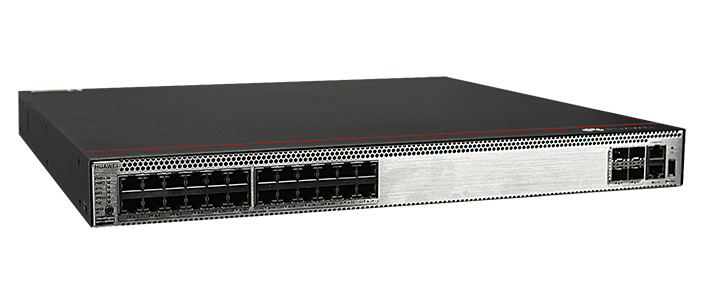
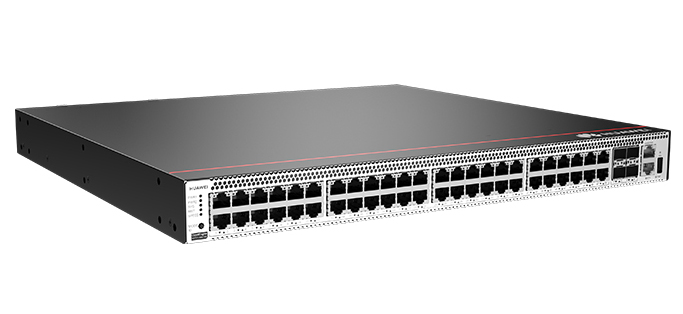
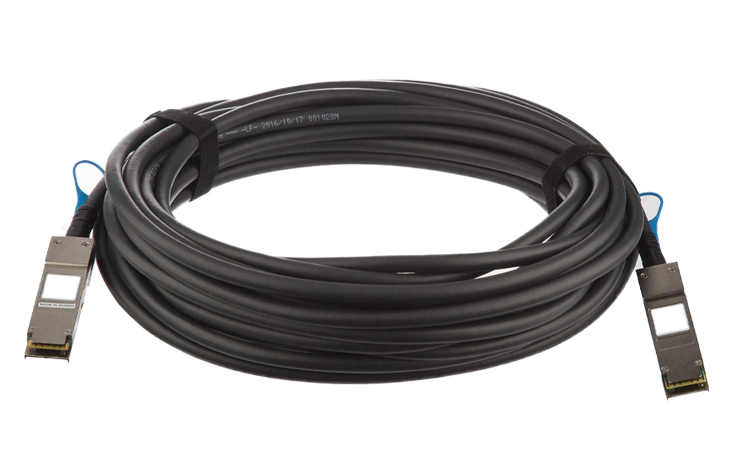
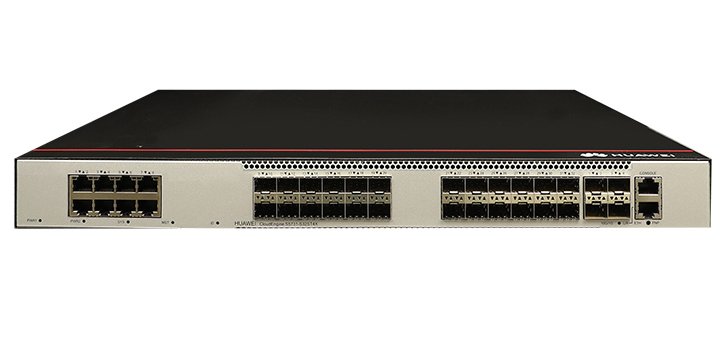
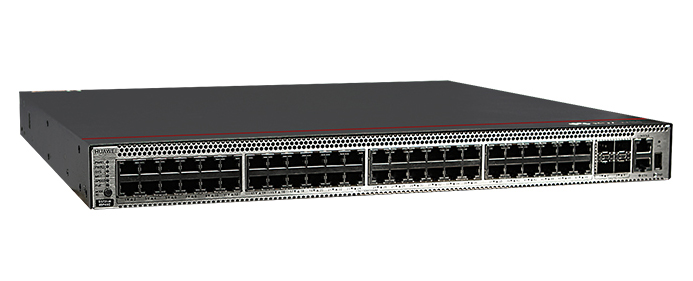
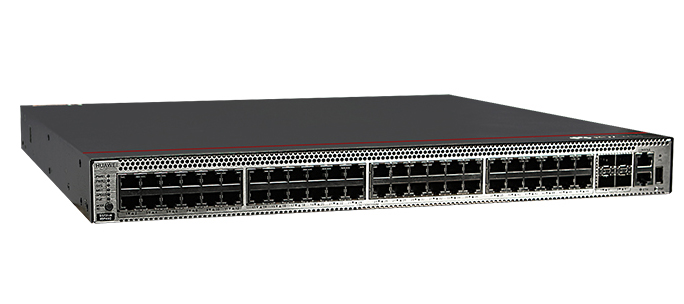

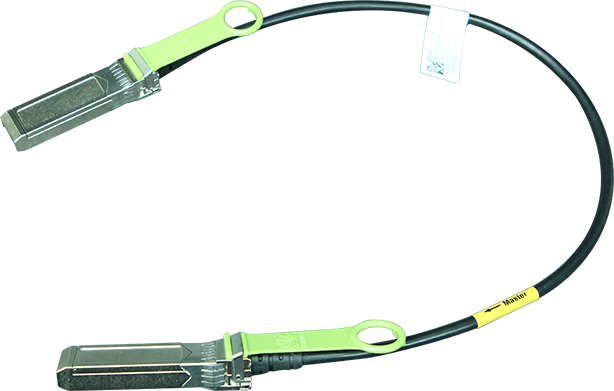
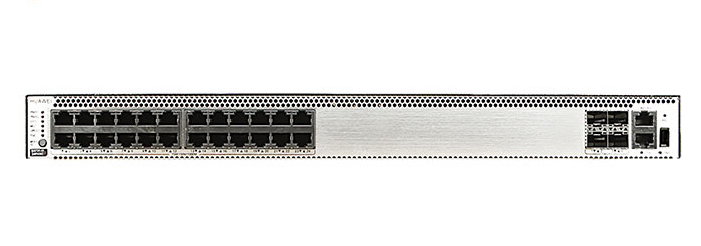
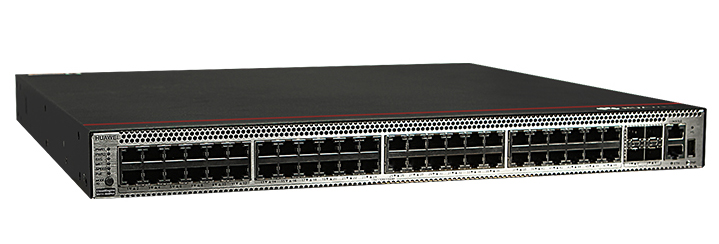


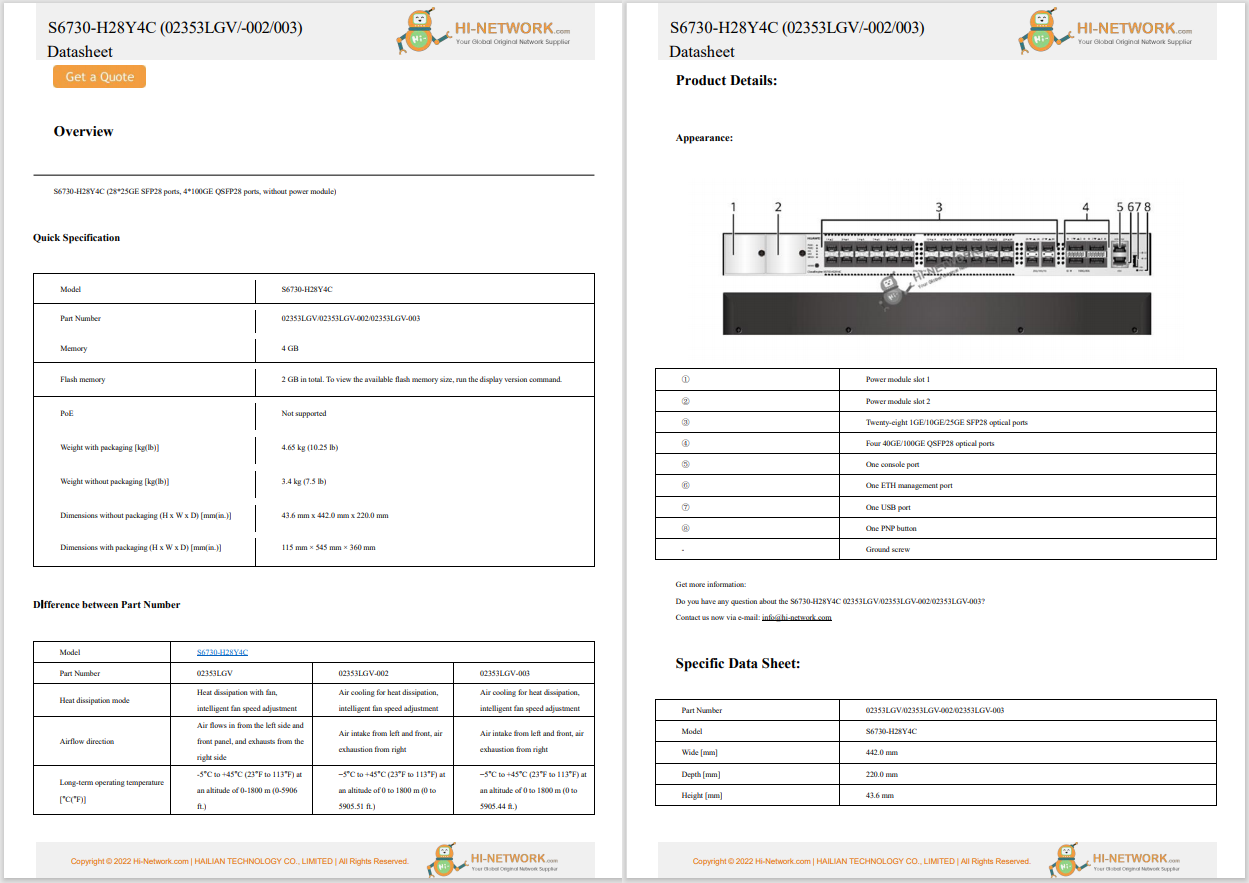

:max_bytes(150000):strip_icc()/windows-11-screenshot-tool-ae6aa5cdf6f74fa39cb6c9a489dc9f01.png) Taking a screenshot of the Command Prompt.
Taking a screenshot of the Command Prompt.  Etiquetas calientes:
Etiquetas calientes: